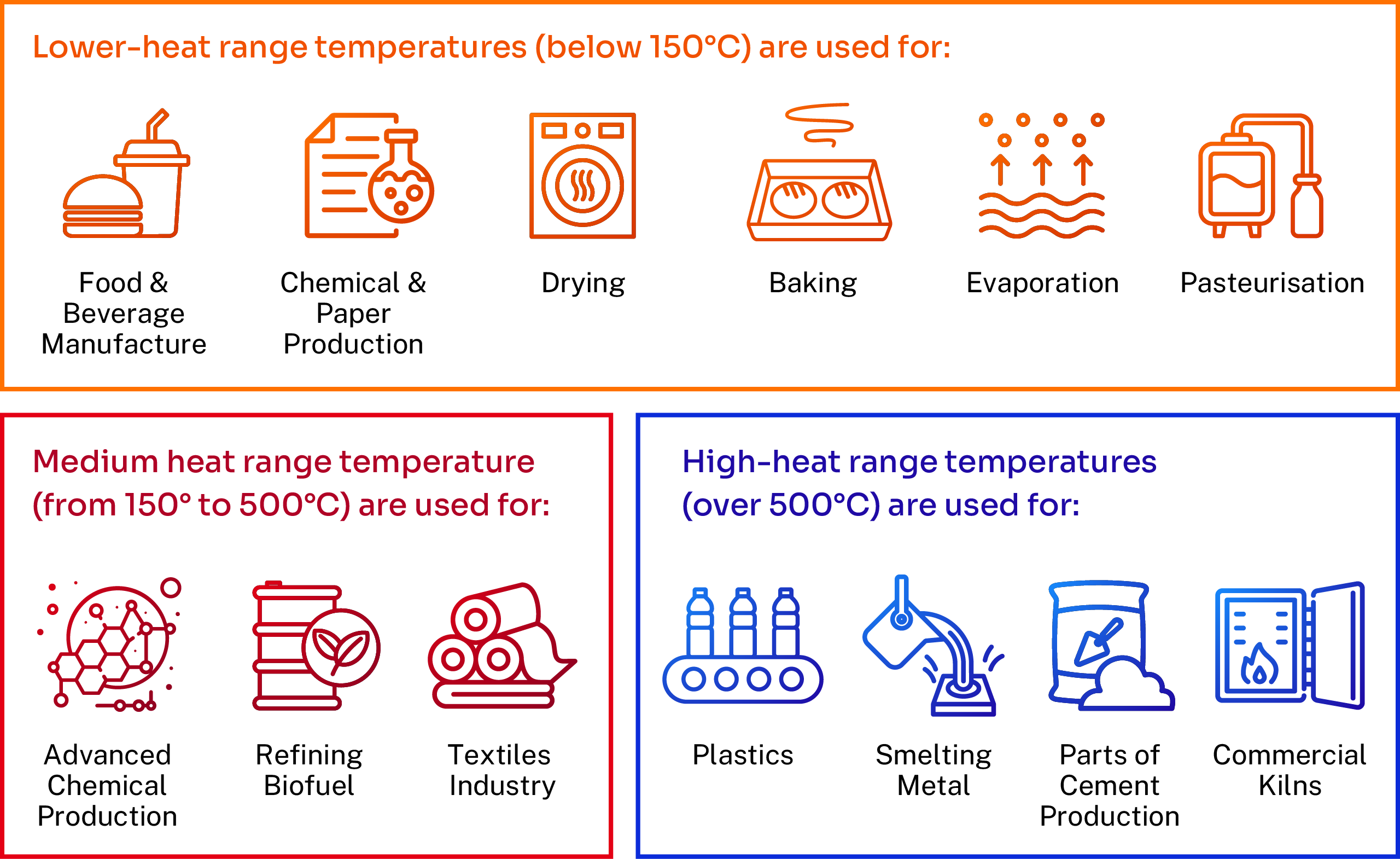The Australian Government's Future Gas Strategy highlights that 'natural gas supports our standard of living and Australia’s energy security, providing over a quarter of our energy needs'.
How Australian gas is used today
We use gas to heat and cool our homes and businesses, heat our water and cook our food. Gas is also an essential part of how we generate electricity. However, the way we use it in electricity generation varies across the country.
Natural gas is the largest source of energy for Australian industry. In 2020–21, Australia’s manufacturing sector consumed 380 PJ of gas, or about 26% of domestic gas supply.
Around 74% of industrial gas consumption is for heat. Industrial heat is part of many processes that support our modern economy and plays a pivotal role in our everyday lives. From the buildings we live and work in to the food we eat, society would look very different if we did not have access to industrial heat.
LNG facilities are significant consumers of gas to power compressors and generate electricity on-site.
Industrial heat use can be broken down into low, medium, and high heat applications.

Historically, the decision to use gas in facilities has depended on how cost competitive the source and quality of heat is against alternatives. Low-emissions sources of industrial heat are entering the market for low temperature ranges through industrial heat pumps. For higher temperature ranges, the adoption of alternatives is limited because of technology challenges and high costs.
Source: Department of Industry, Science and Resources, Future Gas Strategy, 2024
Chemical Feedstock
Around 17% (65 PJ) of Australian industrial gas is consumed as a chemical feedstock. In addition to its use as an energy source, natural gas molecules are chemically transformed into other products. Many of these products are used in our everyday lives such as:

Decarbonising these everyday products will depend on the availability and price of substitutes like hydrogen and biomethane. These substitutes are not currently cost competitive with natural gas and will require sufficient scale. Achieving scale and cost efficiencies in low-emission hydrogen production is the only way to decarbonise chemical processes that need ammonia as an input.
Source: Department of Industry, Science and Resources, Future Gas Strategy, 2024





